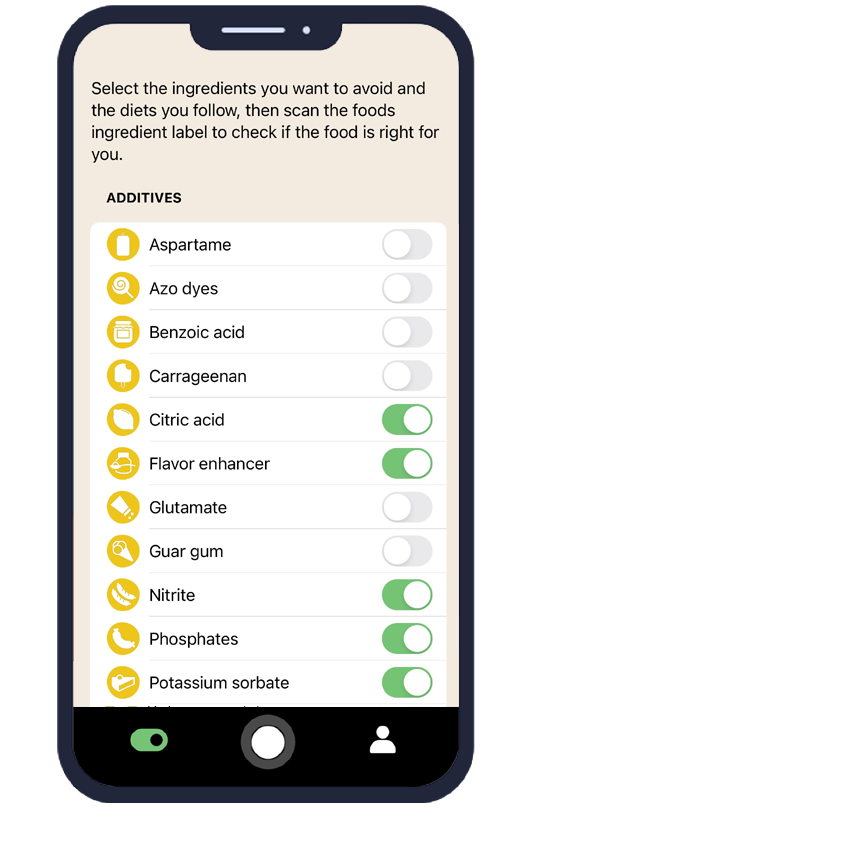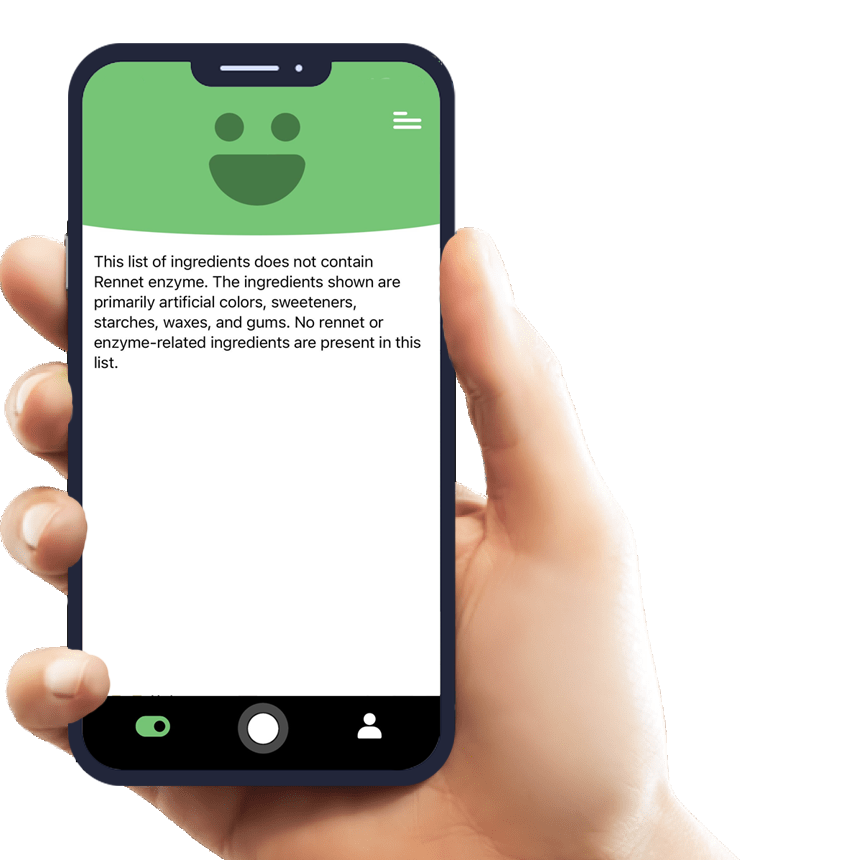Everything You Need to Know About Corn and How AI Eat This Can Help
Corn is one of the most widely used ingredients in the modern food industry, appearing in countless processed foods, beverages, and everyday products. For individuals with Corn allergies, intolerances, or specific dietary restrictions, identifying this ingredient can be challenging due to its many forms and alternative names. The AI Eat This mobile app revolutionizes how consumers navigate food choices by instantly scanning ingredient lists and helping users avoid Corn and other unwanted substances with ease.
What Is Corn and Where Is It Used?
Corn, scientifically known as Zea mays, serves multiple purposes in food production beyond its familiar whole kernel form. As a food additive, Corn appears in various processed forms including corn starch, corn syrup, high fructose corn syrup, and corn oil. These derivatives act as thickeners, sweeteners, preservatives, and texture enhancers in countless food products.
The versatility of Corn makes it ubiquitous in the food supply chain. You'll find it in breakfast cereals, baked goods, soft drinks, candy, salad dressings, and even in unexpected places like seasoning blends and processed meats. Many food manufacturers rely on Corn-based ingredients because they're cost-effective, shelf-stable, and provide desired functional properties.
Common Foods Containing Corn
- Processed snack foods and chips
- Sodas and sweetened beverages
- Baked goods and pastries
- Candy and confectionery products
- Salad dressings and sauces
- Breakfast cereals and granola bars
- Processed meats and deli products
Is Corn Safe? What Does the Research Say?
Regulatory Approvals and Guidelines
Major health authorities including the FDA, EFSA, and WHO recognize Corn and its derivatives as generally safe for consumption by the general population. These organizations have established guidelines for food additives derived from Corn, ensuring they meet safety standards for human consumption.
The FDA classifies most Corn-based food additives as "Generally Recognized as Safe" (GRAS), meaning they have a long history of safe use in food. However, this safety designation applies to individuals without specific sensitivities or allergies to Corn.
Risks for Specific Groups
While Corn is safe for most people, certain individuals may need to avoid it due to medical conditions or dietary restrictions. Corn allergy, though less common than other food allergies, can cause serious reactions including digestive issues, skin problems, and in severe cases, anaphylaxis. Additionally, some people experience Corn intolerance, leading to digestive discomfort, bloating, or other gastrointestinal symptoms.
How Does AI Eat This Help You Avoid Corn?
The AI Eat This app transforms the challenging task of identifying Corn in food products into a simple, instant process. Using advanced artificial intelligence technology, the app scans ingredient lists through your smartphone camera and immediately identifies Corn and its various derivatives, regardless of the language on the packaging.
Users can set personalized filters within the app to automatically flag products containing Corn or any other ingredients they need to avoid. This feature is particularly valuable for people managing multiple dietary restrictions simultaneously, as the app can screen for numerous allergens and additives in a single scan.
The app's comprehensive database recognizes Corn under its many alternative names and forms, including corn starch, corn syrup, dextrose, maltodextrin, and various E-numbers associated with corn-derived additives. This thorough recognition system ensures users don't accidentally consume Corn hidden under unfamiliar names.
Who Should Avoid Corn?
Several groups of people may need to eliminate or reduce Corn from their diets. Individuals diagnosed with Corn allergy must strictly avoid all forms of this ingredient to prevent allergic reactions. Those with Corn intolerance may choose to limit their intake to manage digestive symptoms and improve overall comfort.
People following certain dietary protocols, such as some elimination diets or specific nutritional approaches, may also need to avoid Corn. Additionally, individuals concerned about consuming genetically modified foods often choose to avoid Corn, as a significant portion of commercially grown corn is genetically modified.
Parents of children with food sensitivities often find corn avoidance necessary, as children may be more sensitive to food additives and allergens than adults.
Tips for a Corn-Free Diet
Successfully maintaining dietary restrictions while avoiding Corn requires strategy and the right tools. Focus on whole, unprocessed foods whenever possible, as these are less likely to contain hidden Corn derivatives. Fresh fruits, vegetables, plain meats, and simple grains typically don't contain added Corn ingredients.
When shopping for packaged foods, always read ingredient labels carefully. Look for alternative names for Corn such as maize, corn starch, corn syrup, high fructose corn syrup, dextrose, and maltodextrin. The Mayo Clinic provides comprehensive resources on food allergies and ingredient identification.
Consider shopping at health food stores or specialty retailers that carry more products specifically designed for people with dietary restrictions. These stores often have better labeling and more options for Corn-free alternatives.
Meal planning and preparation become essential skills for avoiding unwanted ingredients. Cooking from scratch gives you complete control over what goes into your food, eliminating the guesswork involved with processed products.
Conclusion
Understanding Corn and its prevalence in the food supply empowers consumers to make informed dietary choices. While Corn is generally safe for most people, those with allergies, intolerances, or specific dietary restrictions need reliable tools to identify and avoid this common ingredient. The AI Eat This app provides an innovative solution, making ingredient identification fast, accurate, and accessible to everyone regardless of language barriers or product complexity. Download AI Eat This for free testing today and take control of your dietary restrictions with confidence!

70 filters
With over 70 filters, you can easily avoid certain ingredients and follow your dietary preference.

Paleo

Pescetarian

Ultra-processed food

Vegan







































































